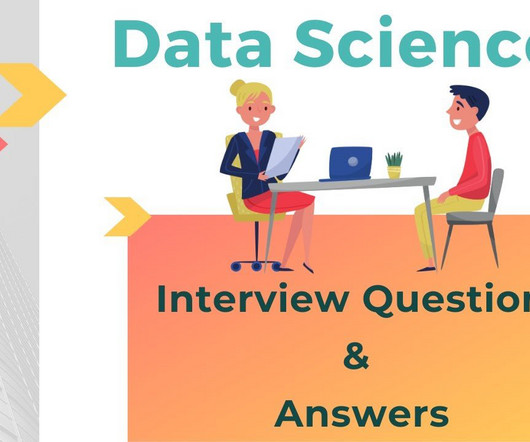Problem-solving tools offered by digital technology
Data Science Dojo
FEBRUARY 15, 2023
Tech-Vidvan ’s “Top 10”: Linear Regression Logistic Regression Decision Trees Naive Bayes K-Nearest Neighbors Support Vector Machine K-Means Clustering Principal Component Analysis Neural Networks Random Forests P.













Let's personalize your content